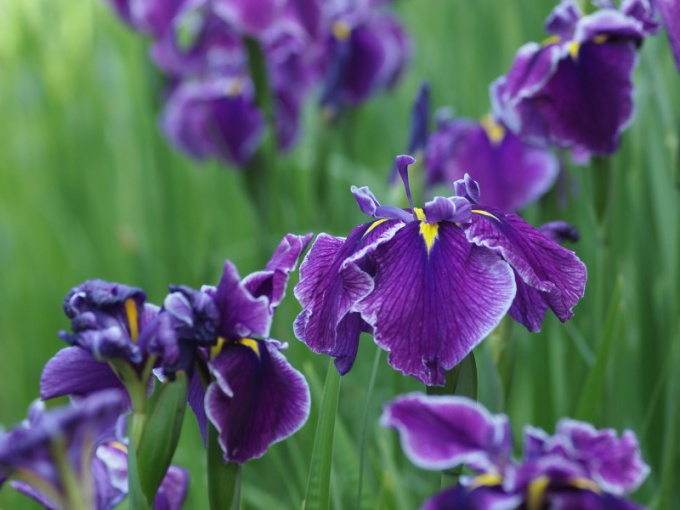You will need
- - potassium permanganate;
- - wood charcoal.
Instruction
1
If you are going to combine transplanting of the plant and its reproduction, start work in two weeks after flowering. To transplant irises with intact rhizome and a clod of earth at any time, some gardeners do this even with flowering plants.
2
Dig up the Bush along with roots, cut the rhizome into pieces with a length of ten centimeters. Each of the segments formed must remain a fan of leaves and a bundle of roots that should be cut to seven inches in length. Of course iris will grow new roots, but immediately after transplantation of the old root system will help to maintain plant in vertical position.
3
Carefully inspect the rhizome in the division. If you find the rotten parts, remove them to healthy tissue and rhizome soak for half an hour in a solution of potassium permanganate.
4
To reduce evaporation, cut the iris leaves, leaving a length of about ten to fifteen centimeters. Powder cuts on the rhizomes of powdered charcoal and dry received them out in the sun for three hours.
5
Choose a place for landing delanoc. You'll need to find a site with loose, slightly acidic soil and good lighting. In the shadow of the irises quickly grow strong foliage but little bloom. The required level of soil moisture depends on the type of plants that you intend to plant. Bearded irises do not grow on very wet soil, and swamp iris and iris smooth you can land on the bottom of the pond.
6
Put them out of toffee in the ground, not buried rhizome more than three centimetres. Leave delinkage between the gap size in thirty to forty centimeters. Undercut the roots point straight down, sprinkle the earth and seal the soil. After planting the plant should steadily stand upright.
7
Pour irises immediately after planting. In hot weather, lightly pricenice them out, and four days later, pour the plants again. When watering try not to pour water on the rhizome.
